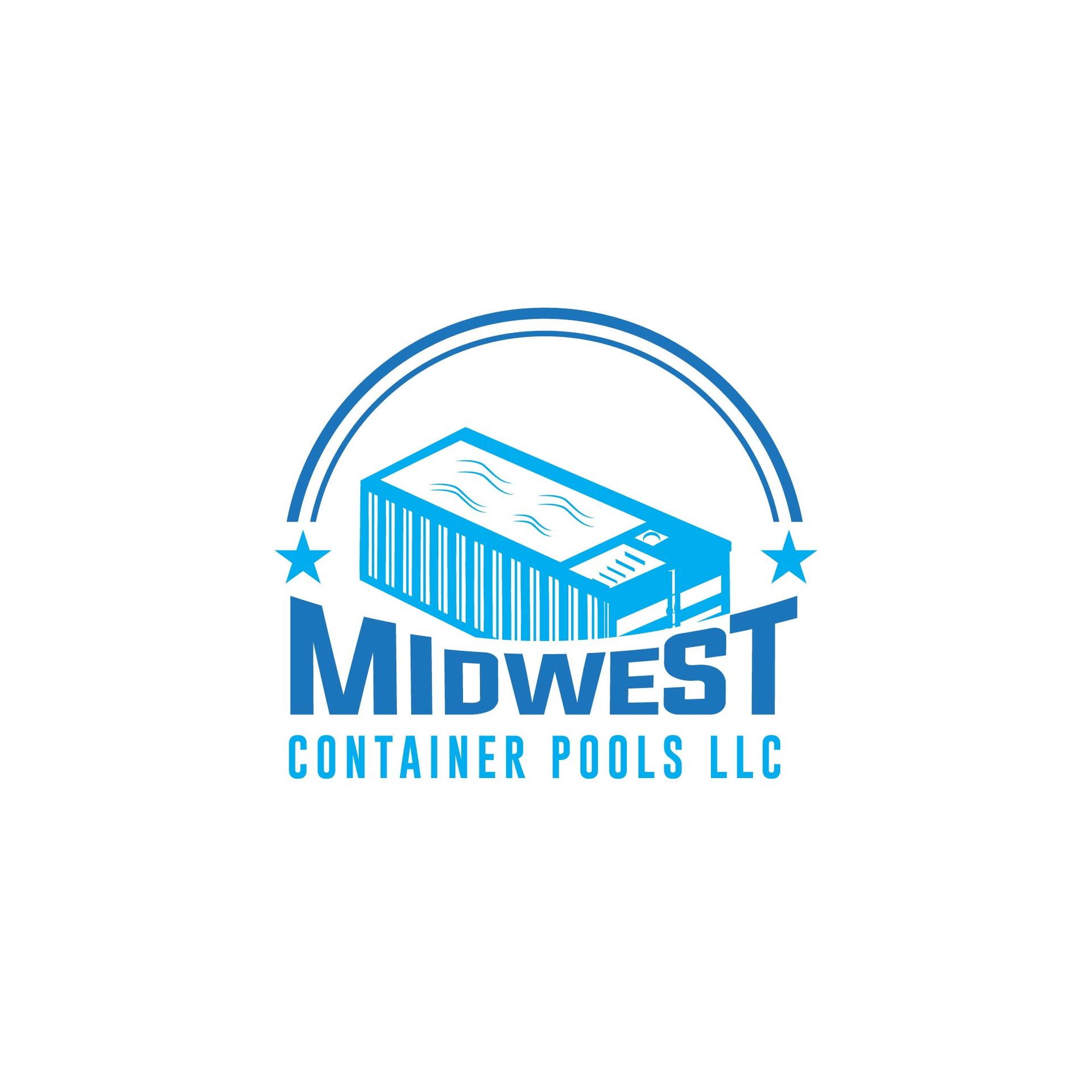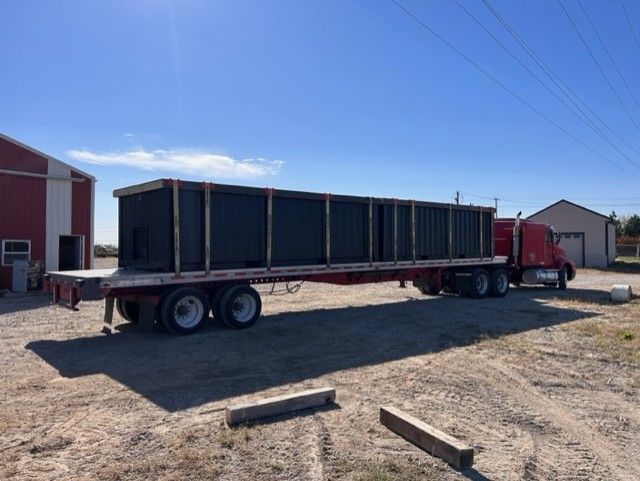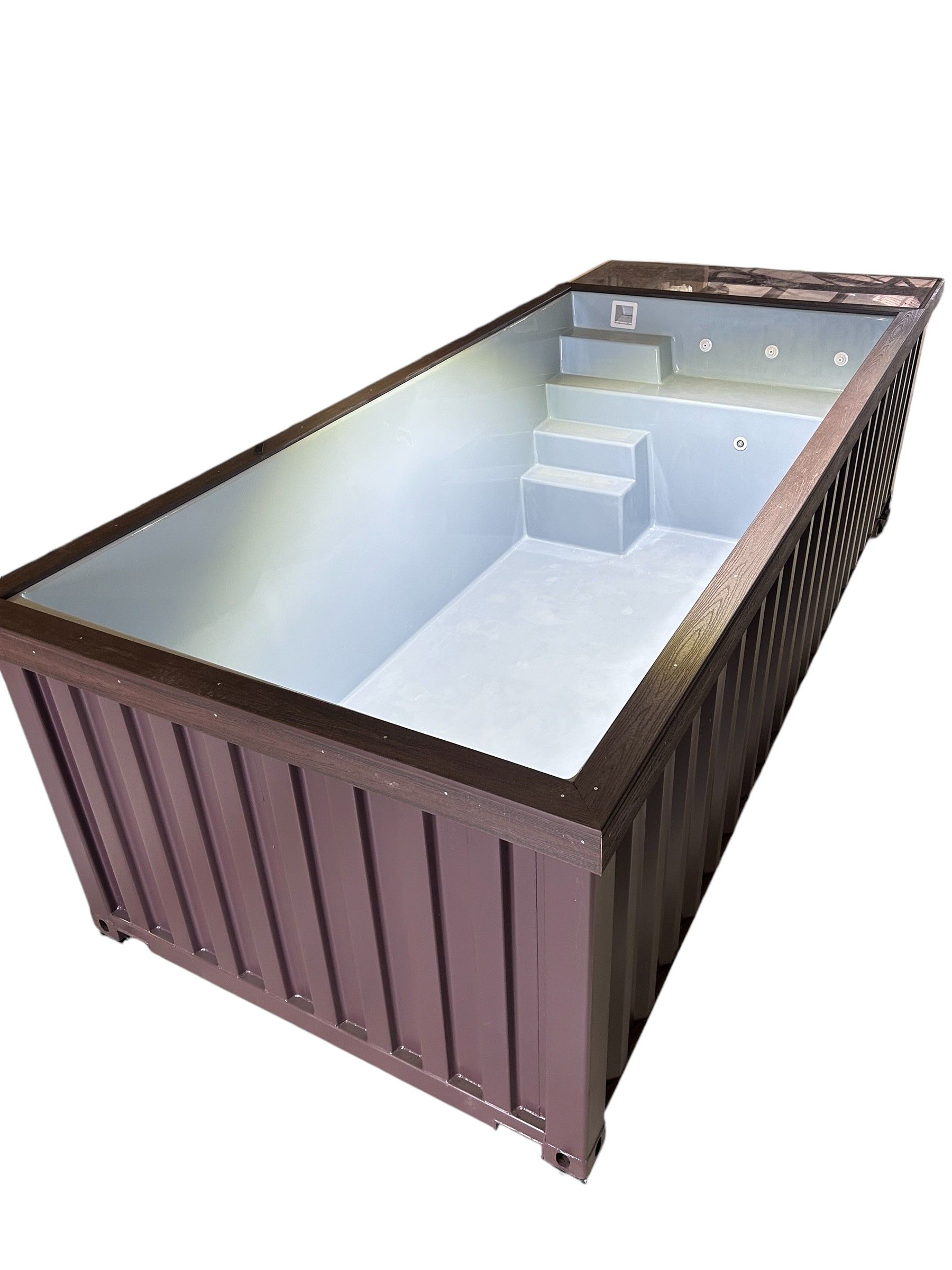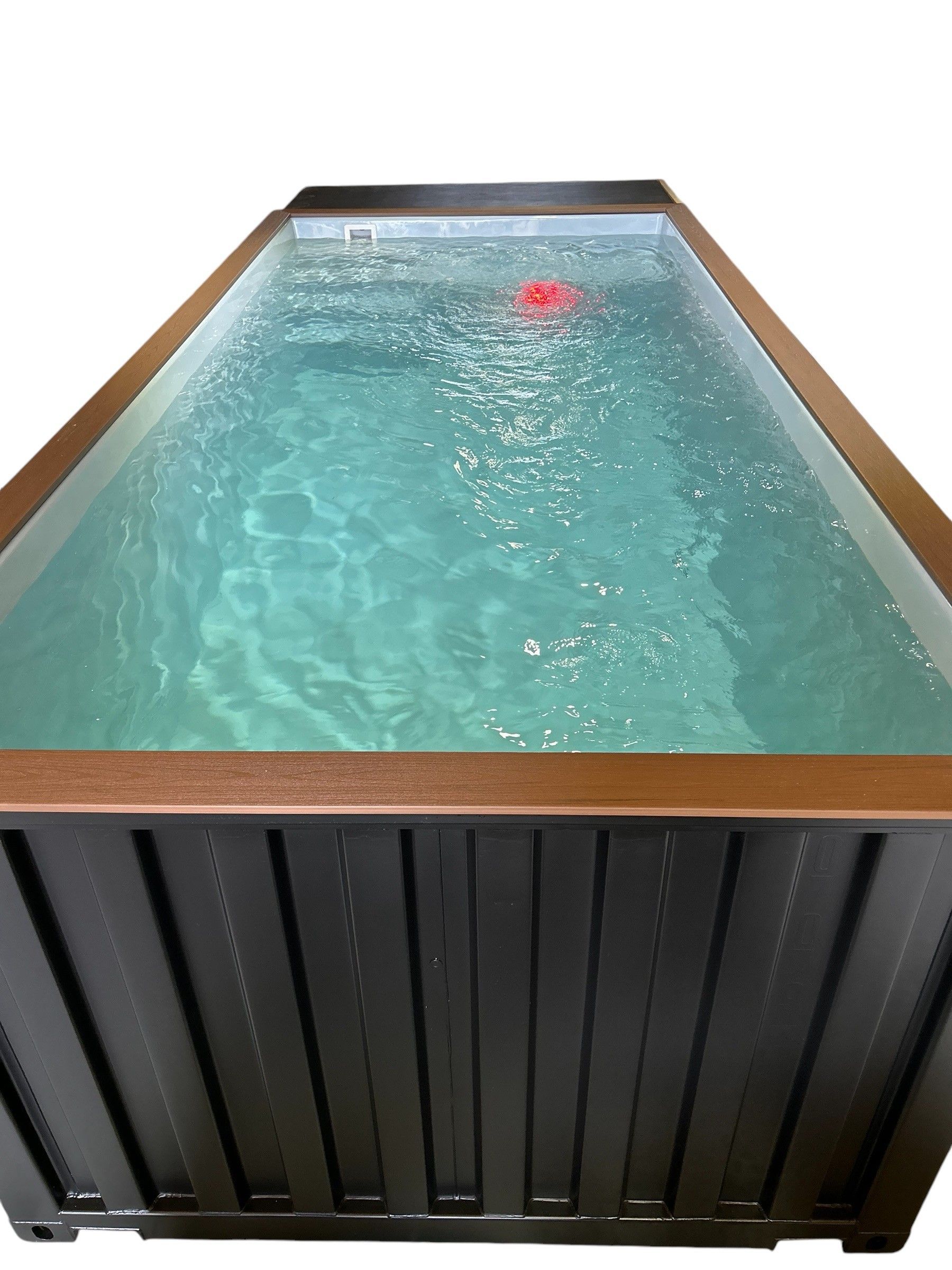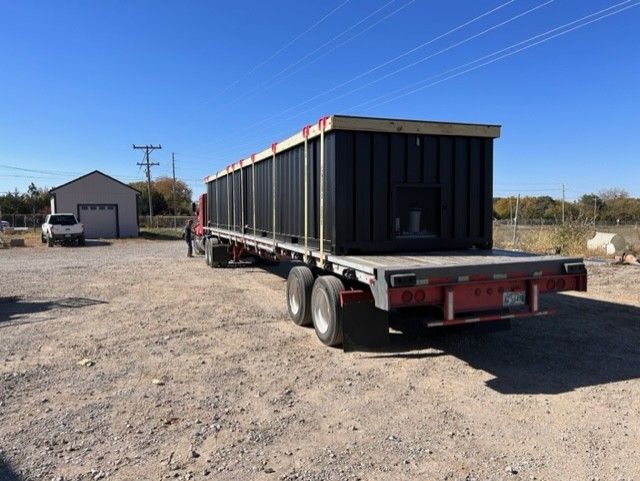Cold Weather Pools
The challenges pool owners face heating a pool in colder climates.

Heating a swimming pool in northern climates can be a challenging task due to the colder temperatures and shorter swimming seasons. In regions where temperatures can drop below freezing for extended periods of time, it is essential to have a reliable heating system in place to ensure that the pool water remains at a comfortable temperature for swimming.
One of the main challenges of heating a swimming pool in northern climates is the cost associated with running a heating system. In colder regions, the pool may need to be heated for longer periods of time to maintain a comfortable temperature, which can lead to higher energy bills. Additionally, the cost of installing a heating system, such as a heat pump or gas heater, can be significant.
Another challenge is the impact of cold weather on the efficiency of the heating system. In extreme cold temperatures, the heating system may struggle to keep up with the demand for heat, leading to longer heating times and increased energy consumption. This can be particularly problematic during the winter months when the pool is not in use as frequently, as the water temperature can drop quickly without regular heating.
Additionally, the winter weather can also pose challenges for the maintenance of the heating system. Snow and ice can accumulate around the pool and heating equipment, potentially causing damage or hindering the system's performance. It is important to regularly inspect and maintain the heating system to ensure that it is functioning properly and efficiently.
One potential solution to the challenges of heating a swimming pool in northern climates is to invest in a solar heating system. Solar heating systems use energy from the sun to heat the pool water, reducing the reliance on traditional heating methods and lowering energy costs. While solar heating systems can be more expensive to install initially, they can provide long-term savings on energy bills and reduce the environmental impact of heating the pool.
Another option is to use a pool cover to help retain heat and reduce heat loss from the pool. A pool cover can help to trap heat in the water and prevent evaporation, reducing the need for additional heating. Additionally, a pool cover can also help to protect the pool from debris and reduce maintenance requirements.
Our Answer
Midwest Container Pools is revolutionizing the swimming pool industry with our innovative use of high-density injection foam insulation. By utilizing this advanced insulation technique between the shipping container and pool shell, Midwest Container Pools is able to create efficient and easy-to-heat pools that are perfect for colder weather climates.
The high-density injection foam insulation acts as a barrier, preventing heat loss and maintaining the temperature of the pool water even in the coldest of weather conditions. This insulation not only helps to keep the pool water warm, but it also reduces the energy consumption of the heating system, resulting in lower energy bills for pool owners.
One of the key benefits of using high-density injection foam insulation is its ability to create a seamless and airtight barrier between the shipping container and pool shell. This prevents air leaks and heat loss, ensuring that the pool water stays at a consistent and comfortable temperature throughout the year.
In colder weather climates, the insulation provided by the high-density injection foam is crucial for maintaining the pool's temperature and extending the swimming season. By reducing heat loss and increasing energy efficiency, Midwest Container Pools' insulated pools are able to stay warm and inviting even when temperatures drop.

